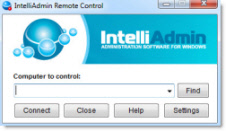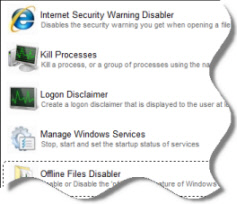Hello -
This is a question about the throttling policy setting called IsServiceAccount. Here's all we've been able to locate about what this setting does:
From https://technet.microsoft.com/en-us/library/Dd298094(v=EXCHG.150).aspx , Set-ThrottlingPolicy, Parameters section:
"The IsServiceAccount switch specifies whether you want the user accounts associated with this policy to be moderated by the per-user thresholds specified by this policy, and also by additional throttling based on the health of system resources, such as overall CPU usage.
This value is set to $false by default.
You may want to set this value to $true if you intend to associate this policy with user accounts that require higher throttling limits. An account that might require higher throttling limits is a service account that performs a lot of non-interactive work (for example, service accounts that perform IMAP mailbox migrations or nightly Windows PowerShell tasks). By setting the IsServiceAccount switch to $true, work done by these accounts is moderated by the higher user throttling settings that you configure using the user throttling policy, but is slowed if resources start getting unhealthy."
Our application uses a service account and impersonation to subscribe to streaming events. We're working on the service account throttling requirements and are not sure whether this one is relevant. We've tested with it set to both TRUE and FALSE and haven't seen any difference in the way the connections get throttled. I suspect we aren't loading the test system enough, but need more granular information about the mechanics of the setting to proceed. Could you direct us to more detail about exactly what this setting does when enabled? What does "start getting unhealthy" mean? How do we trigger the implied slowing? How much are the relevant budgets downsized?
Your attention is greatly appreciated!
Robert


